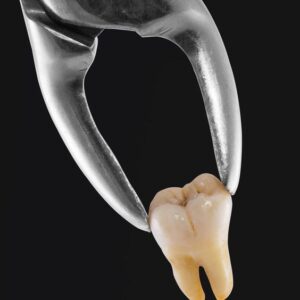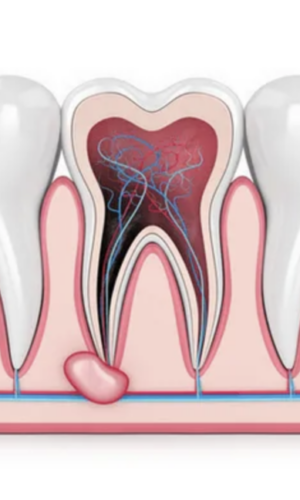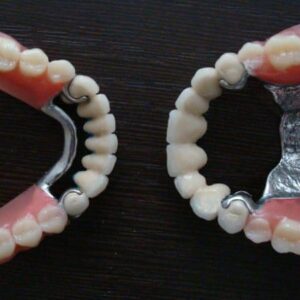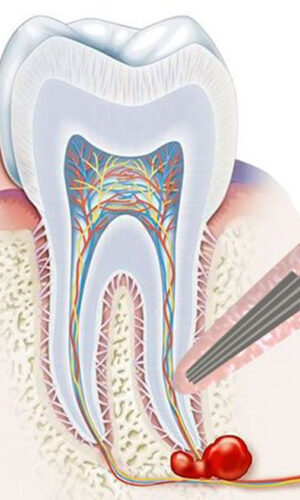Surgical Dentistry
The role of surgical dentistry is very important in dentistry.
Surgical dentistry helps us solve a number of problems, including:
- Extraction of an improperly erupted tooth,
- Extraction based on orthodontic indications,
- Removal of congenital and acquired defects,
- Treatment and removal of cysts and tumors,
- Preparation of the oral cavity for prosthetics,
- Preparation of the oral cavity for implantation,
- Treatment of complications arising after tooth extraction.
Dental Extraction
The most common intervention in surgical dentistry is tooth extraction.
There are clear indications for tooth extraction, such as:
- Caries and its complications
- Teeth erupting in an incorrect position
- Purulent-inflammatory processes where it is impossible to save the tooth
- Hyperodontia (excess teeth)
- Certain orthopedic purposes.

Cyst

A cyst is a fluid filled sac. It occurs because of trauma or incomplete treatment of a tooth, or in the absence of treatment. A cyst can have both acute and chronic stages. In the chronic stage, the patient usually has no complaints, and the cyst is often discovered when examining neighboring teeth with X-rays. The acute process can develop when the body’s immune system is suppressed or during infection. There are two treatment options: conservative and surgical. If the cyst is large, surgery is necessary. In some cases, the cyst can lead to tooth loss. In the case of conservative treatment root canal therapy or re-treatment should be done, along with medication therapy.
Hyperodontia (Supernumerary Teeth)
Hyperodontia refers to the presence of an excessive number of teeth in the oral cavity. Normally, children have 20 teeth and adults have 32. Supernumerary teeth mostly are incisors or canines. This pathology negatively affects the formation and eruption of permanent teeth. Treatment: The excess teeth must be removed to ensure proper dental alignment and a healthy dental arch.

Apicoectomy
